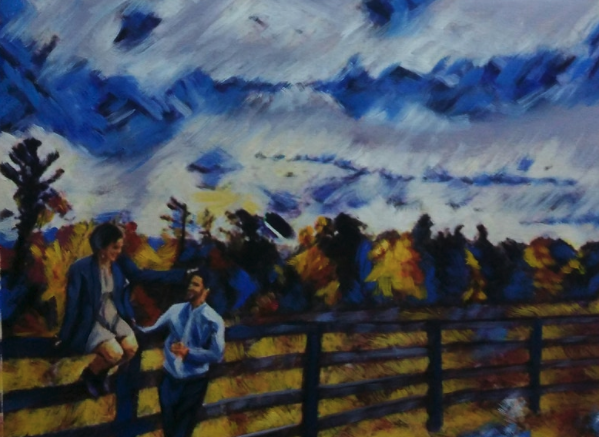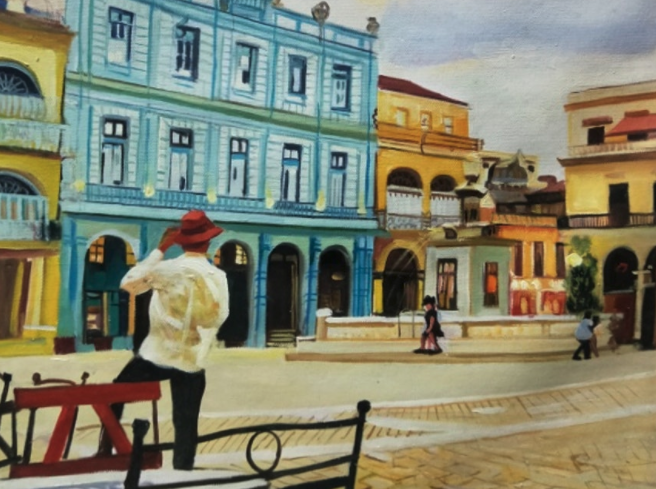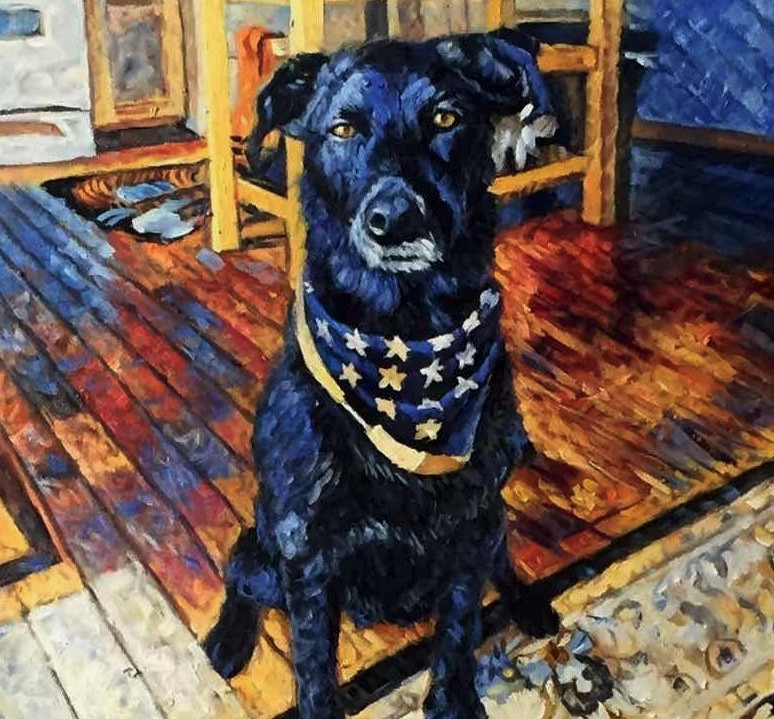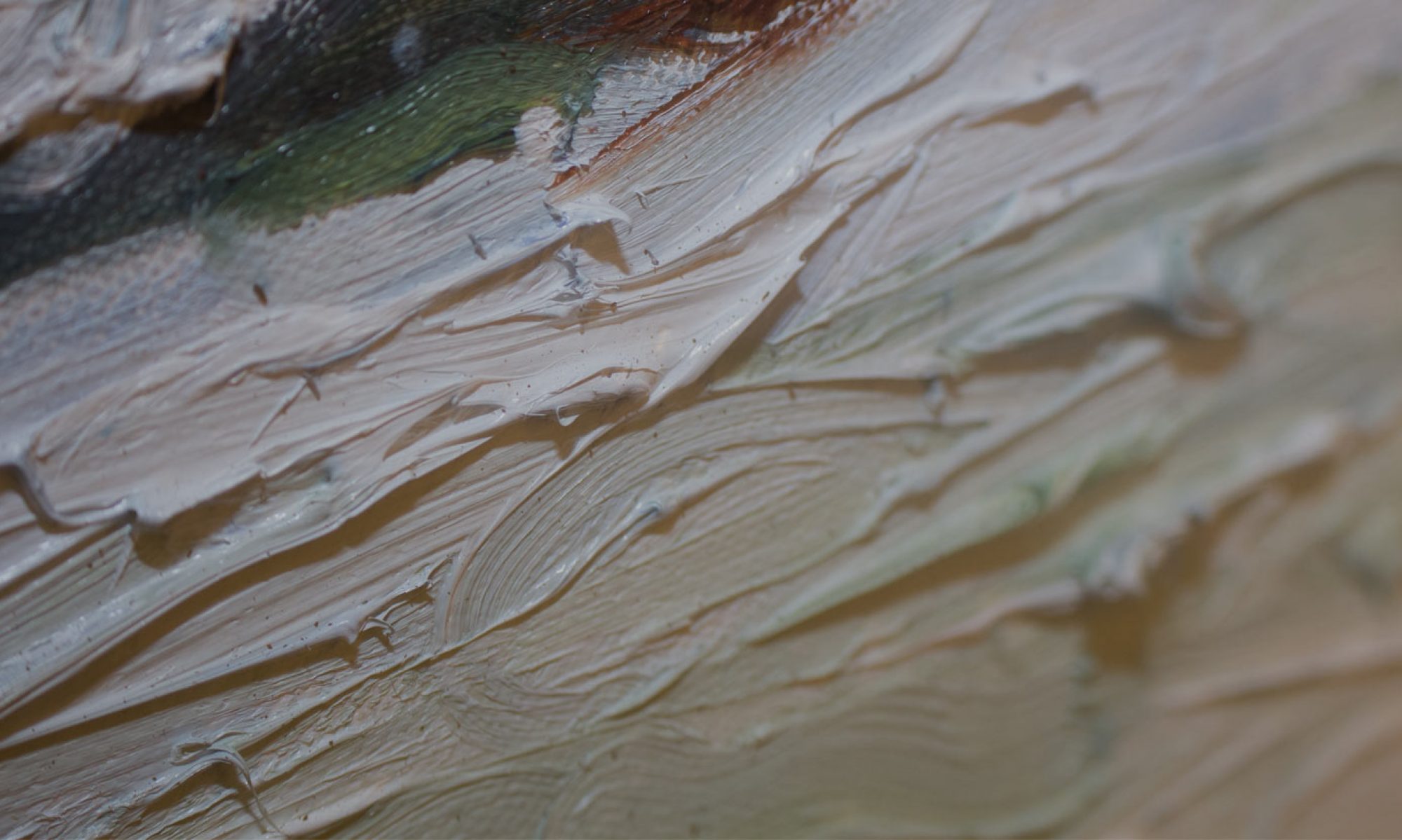
If you’ve recently gotten into painting, you’re in the right place! Many people who pick up painting have large aspirations of what they want to create, and quickly get burnt out starting with something that’s a little too advanced for their skill level.
Rather than getting discouraged and quitting, why not try starting off with some more simple paintings that will help you develop your painting skills? You don’t have to start out with massively large projects. Starting small will help you learn valuable skills that you can apply to larger projects and allow you to work your way up to creating more advanced paintings.
These are just a few easy things you can do if you’re just starting out:
What to Paint on a Canvas

If you’re just starting out with painting, don’t start out with something super complicated that requires a lot of shading and 3D work; you’ll get burnt out too quickly. Instead, choose things that are simple and easy to paint on a canvas.
Buildings are great to start out with because they’re pretty much made up of straight lines. You can create a 2D version of just the front of a building or include some simple 3D lines for more dimension. Houses are typically fairly easy to paint and don’t require a ton of color. You can even choose to add more features like plants, driveways, trees, and anything else as you increase your skills.
Start by sketching out the lines of the buildings before filling it in with paint. Finding your favorite building or a photo of one is a great place to start. You can add as little or as much detail as you’d like, but it’s always a good idea to start small and work your way up to more details.
Simple landscapes are also great to paint on canvas; ideally, the less complex the better. Think rolling green hills with a lone farmhouse in the distance. Perhaps a couple of looming mountains in the background. Since this is a wider view of a large area, you don’t worry about having to put a ton of detail into other elements such as trees or rocks.
Start Small
It’s common for people to freeze up when they look at a large white canvas ready to be transformed only to feel overwhelmed by the task. Questions like these might run through your head:
- What if I run out of room?
- What if there’s too MUCH room?
- Will the proportions be right?
- What do I even paint?
Luckily, you don’t have to start big. Before you commit to painting on a large canvas, try starting on something smaller like a card so you don’t get overwhelmed. You can either keep your paintings or use them as gifts for birthdays, anniversaries, “Get Well Soon” cards, and so much more! People love receiving a personal painting done just for them. It’s a lovely sentiment and shows that you put some time and effort into a thoughtful gift for them. Not to mention, you get a ton of practice!
Painting smaller pieces means more time for practice. If you’re working on a larger project it’ll likely take you a long time to finish. But if you’re completing a bunch of smaller projects, you’ll have more opportunities to improve your skills on multiple different projects than one big project that sits around not getting done because it’s so intimidating.
Work Your Way Up

Every new painter has to start somewhere. As you continue to practice and gain new skills, you’ll find yourself being able to complete more complex works of art. Once you’ve harnessed that skill, you can use it to earn a little extra money!
Instapainting hires artists to create works of art for people that send in photos they’d like to be turned into paintings. You can work in a variety of different mediums like oil painting, watercolor, drawing, digital, portraits, landscapes, and so much more. You can get paid to do what you love and improve your art skills at the same time. It’s a win-win!
